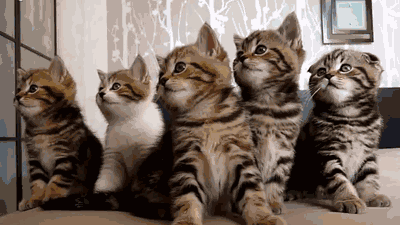Technical Perspectives | How do ordinary users earn miners in cross-chain?
Inscription: As a distributed ledger technology, blockchain can be applied in many fields such as finance, health care, supply chain, asset management, etc., but it is restricted by factors such as throughput, network isolation, scalability, etc. Blockchain projects do not serve commercial applications well. Among the many problems faced by blockchains, network isolation hinders the cooperative operation between different blockchains, which greatly limits the space for blockchains.
I. Introduction

Figure | Network
- Opinion | US Senator: Blockchain may be widely adopted, but it still does not address financial inclusion issues
- Zhou Xiaochuan's latest speech: If piloting digital currency, you should consider 100% cash payment
- From the cathedral to the bazaar, the charm of hackathon and the soul of the developer community
Among them, anyone can become a Relayer without registering, as long as the running status information synchronization service program is deployed and related synchronization work can be performed.
Second, the pass contract and dApp contract
1. Lock interface
Lock assets on the chain. The interface invokes a cross-chain management contract, and the transaction for the locked asset is placed in the merkle tree by the cross-chain management contract.
2. Unlock interface
Unlock assets on the chain. The interface is invoked by a cross-chain management contract, and the cross-chain management contract passes the verified transaction parameters to the interface, and the interface unlocks the assets according to the parameters.
Third, the state information synchronization player Relayer

Figure | Network

Figure: Main chain to side chain miner fee transfer
Users of cross-chain transactions can submit cross-chain trading information themselves, or they can include a miner fee in a cross-chain transaction to commission Relayer to synchronize cross-chain transactions. Specifically, when the user conducts a cross-chain transaction on the source chain, it needs to additionally lock a part of the pass or destroy part of the pass as the miner fee. After listening to the cross-chain request, Relayer will charge according to whether the miner is higher than the miner. Set your own threshold to decide whether to submit this cross-chain transaction.

Figure | Network

Figure: Side chain to main chain miner fee transfer
Fourth, postscript
We will continue to update Blocking; if you have any questions or suggestions, please contact us!
Was this article helpful?
93 out of 132 found this helpful
Related articles
- The US SEC plans to run Bitcoin and Ethereum nodes, eToro analysts: I never expected that I will wait until this day.
- Founded for nearly 8 years, the Blockchain wallet company, this time and the currency, Coinbase died?
- The bitcoin community has a big brain, only because the smallest unit Satoshi needs a symbol.
- Can I invest in real estate for 1,000 euros? Europe unlocks STO new pose
- South Korea's MangoBerry announced its participation in the Wanchain Galaxy Consensus Node Program, which will jointly develop the Korean market.
- Mining machine dealers go to the US road: Jia Nan Zhi Zhi tends to the New York Stock Exchange, Bitland favors Nasdaq
- Twitter Featured: Ethereum 4th Anniversary, From ICO to DeFi, Breaking From Death Spiral






